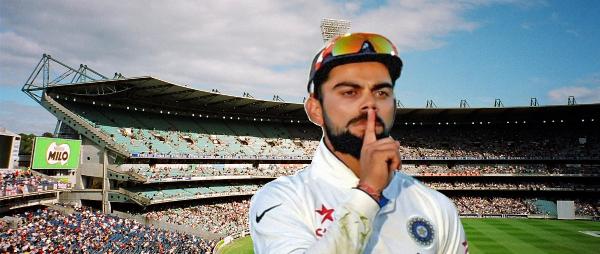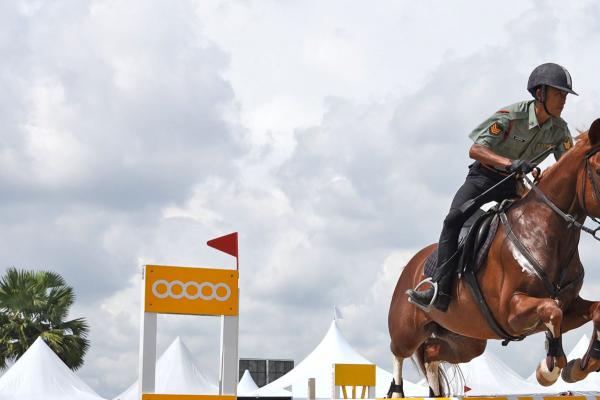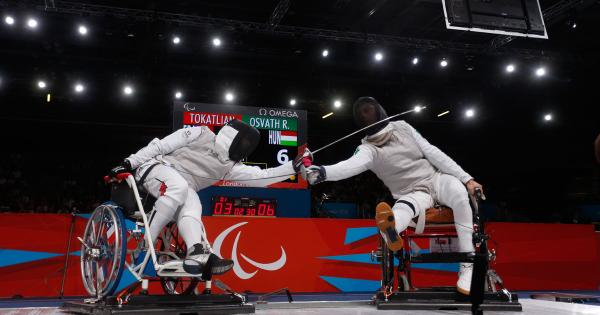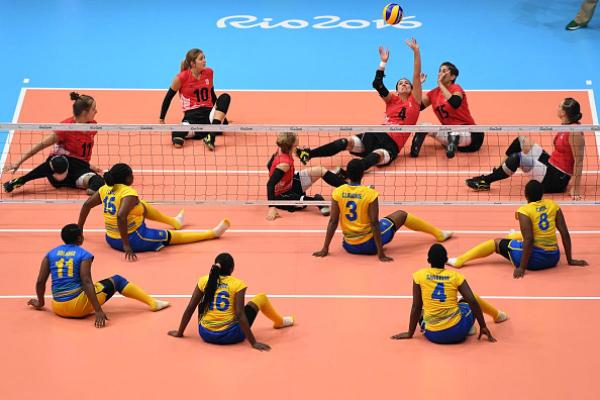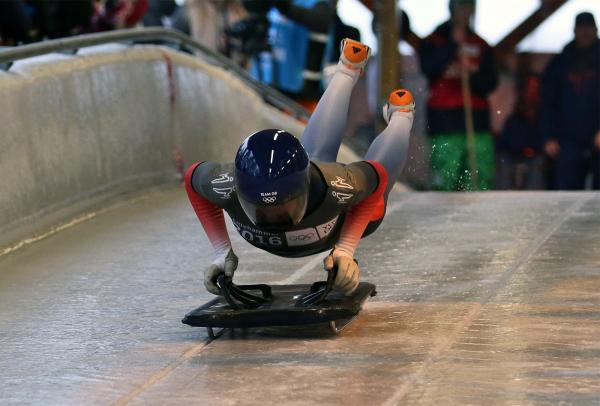Australian Rules Football

Australian rules football, a football sport distinctive to Australia that predates other modern football games as the first to create an official code of play. Invented in Melbourne, capital of the state of Victoria, in the late 1850s, the game was initially known as Melbourne, or Victorian, rules football and was an amalgam of various football rules that were in use at English public (independent) schools. Although Australian rules football is one of several football sports played today in Australia, the national professional Australian Football League (formerly known as the Victorian Football League) is the country’s most popular sports competition in terms of attendance and television viewing. History Of The Game Origins Melbourne was a burgeoning city built on the riches of the 1850s gold rush by the time Australian football first appeared in 1858. As with other areas of British settlement during the 19th century, cricket emerged as the primary summer sport. Concerned about off-season fitness, cricketer Thomas Wentworth Wills (1835–80), who was born in Australia but educated at Rugby School in England—where he captained the cricket team and excelled in football—believed that a football club should be formed to keep his teammates fit during winter. The Melbourne Cricket Club agreed with Wills’s suggestion and, as there were no standardized football codes at that time, appointed a committee to devise a set of rules. The Melbourne and Geelong football clubs were established in 1858 and 1859, respectively, and are two of the oldest football clubs in the world. The rules agreed to by the committee on May 17, 1859, were a compromise between those of several English public schools, notably Winchester, Harrow, and Rugby. Players were allowed to handle the ball but not to run farther than necessary to kick it. In 1866 H.C.A. Harrison (1836–1929), a cousin of Wills, rewrote the rules. These rules imposed no limit on the number of players, though in the 1880s, 20 men per team became standard. Concerned about the possibility of injury on the hard Australian grounds, players were reluctant to commit to the tackling and hacking (kicking or tripping an opponent) rules of the Rugby School game, and hacking was banned. Distinctive aspects of Australian football rapidly appeared. At the outset, a provision was made that players who caught, or “marked,” a ball cleanly in the air were allowed a free kick. Players could also retain possession of the ball while running, but after some dispute it was agreed in 1865 that the player with the ball had to bounce it off the turf at least every 10 metres (33 feet). Most crucial, and in contrast to other football sports, there was no offside rule, which meant that players from each team were located behind and in front of the ball during play. By 1874 players no longer scored by carrying the ball between goal posts but scored by kicking the ball through them. Australian rules football also developed a unique set of goalposts, comprising two large goalposts flanked by two shorter “behind” posts. The centre bounce used by umpires to start games and to restart play after a goal was instituted in 1891 and also remains unique to Australian football. Goal umpires were first mentioned in 1874 in accounts of the game. The practice of the goal umpire’s waving a flag to signal a goal began in Tasmania in 1884 and was adopted in Victoria in 1886. The game expanded rapidly during the 1870s and ’80s. In the’70s, matches between the Melbourne and Carlton football clubs attracted as many as 10,000 spectators, who at that time watched for free. Spectators often encroached on the playing surface, and this led to the enclosure of grounds for ease of play. The first facility built specifically for Australian football use appeared in 1876 on land leased by Carlton from Melbourne University. The first Carlton-Melbourne game at the ground attracted 5,000 spectators. By the mid-’80s crowds approaching 34,000 were attending matches between leading clubs.
